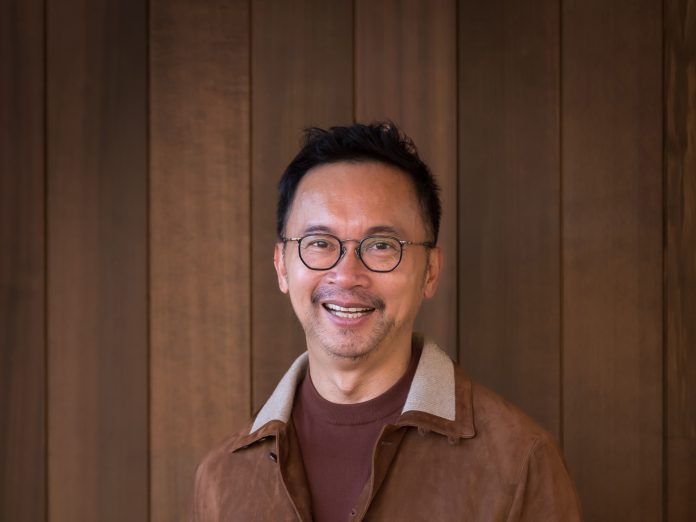With projects all over the world (from the Algarve to New York via Kuala Lumpur, Qufu, Fuzhou and countless other places – so many related to the world of hospitality), studio AB Concept, founded 25 years ago by architect Terence Ngan and interior designer Ed Ng, has created a very personal language of imagination and luxury. Their approach to design runs on two parallel tracks: on the one hand, the desire – and the ability – to create a unique “emotional experience” every time. On the other, the technical ability to translate this abstract concept into environments, finishes and details. They add feeling to the classic combination of form and function. “We describe our mission as translating intangible emotions into tangible realities,” they say. “We understand people and space, and how to bring the two together to capture a feeling in any spatial experience.” We met Ng during a video call from the home he shares with Ngan in Karuizawa, Japan: a place filled with light and surrounded by greenery. To create beauty, you must know it well…
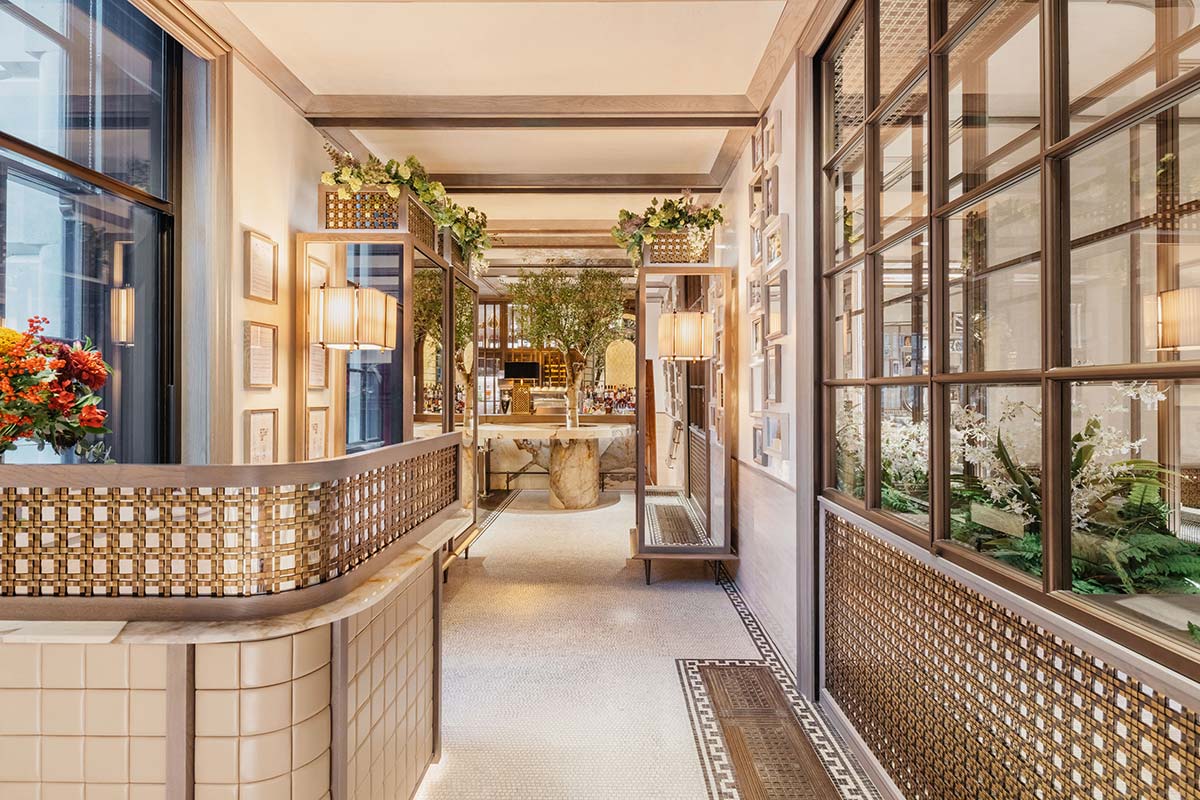
When did you and Terence start working together?
We started the business in 1999. Terence is an architect: when we met, we were actually working for other companies at the time. And then we felt like maybe it’s time to do something together professionally. Partners in life, partners at work – and we’ve been doing that for 25 years. We have a very similar aesthetic. But we also challenge each other’s ideas: in a partnership you have to do that. We started out doing private residences, but our ultimate goal has always been hospitality – especially the luxury sector.

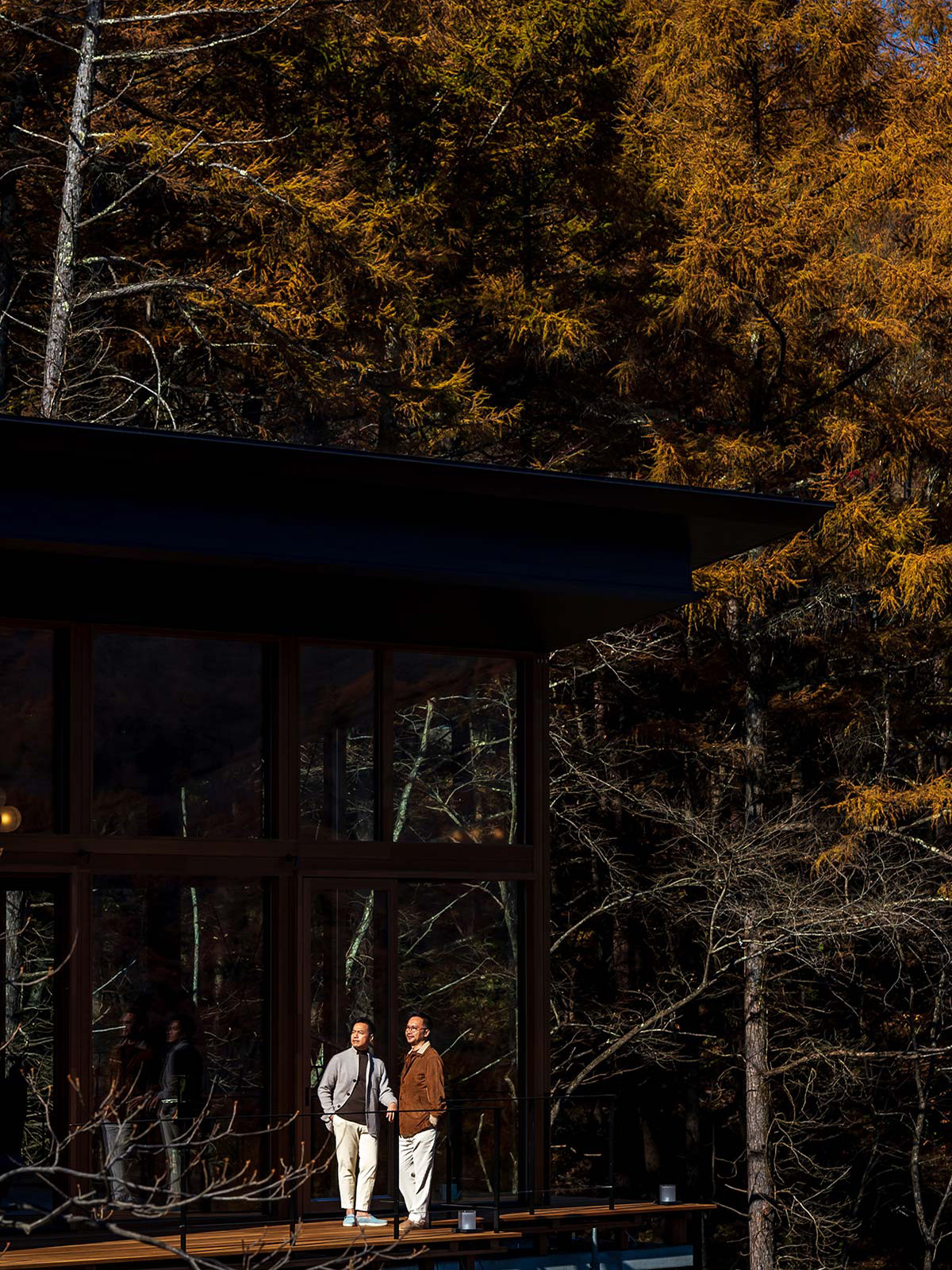
And what makes hospitality so relevant and interesting to you?
I think it’s also very much my personal passion. When I was a senior in high school, I went on an exchange program. I met kids from all over the world and it really opened my mind: there was no internet back then. I realized that I wanted to travel and explore more. I also had a passion for art and design. So, in a way, I think that’s the career that chose my path for me. And right out of design school, I was just sending out resumes to hospitality design companies.
Do you think there is a “signature element” to your projects?
That’s something I can never answer. At first we did minimalist projects because we were trained in the 80s and our reference points were the Bauhaus, John Pawson, David Chipperfield. But then we realized that it was like a stamp. And we decided that we should experience more. We started incorporating different cultures into our work. Whenever we do a project, we want to go there and explore the local craftsmanship, the way people live. And we kind of recreate that through our design skills. I think you could call that our signature.

Do you still do private residences?
Yes, we do. I think hospitality and residential have influenced each other. With one main difference: hospitality is a commercial tool, they have to make their balance sheet make sense. But for residential, it’s completely off the charts. So as long as the owner can afford it, we have total freedom. I think that is really important for a designer to explore the extreme. On the other hand, residential projects tend to take forever. The owner may have a young child at the beginning, and then the family grows over time. So you’re constantly changing the design – but that’s part of the journey.
What are the characteristics of a good hospitality project?
Well, to start with, it’s really about the vision of the whole project. We’re lucky that we own the company, so we can choose: first of all, I have to like the brand, I have to like the location. Right now, for example, we’re working on a project in Kyoto next to Nijo Castle. I love it. We’re also working on the Ritz Carlton in Ürümqi, Xinjiang, and I love the culture there. Another ongoing project is in Hokkaido, in a part of the island that’s still a little unexplored. Each project has a story behind it. And that’s something I enjoy. And the team, too: they know they’re going to have a cultural experience working with us.
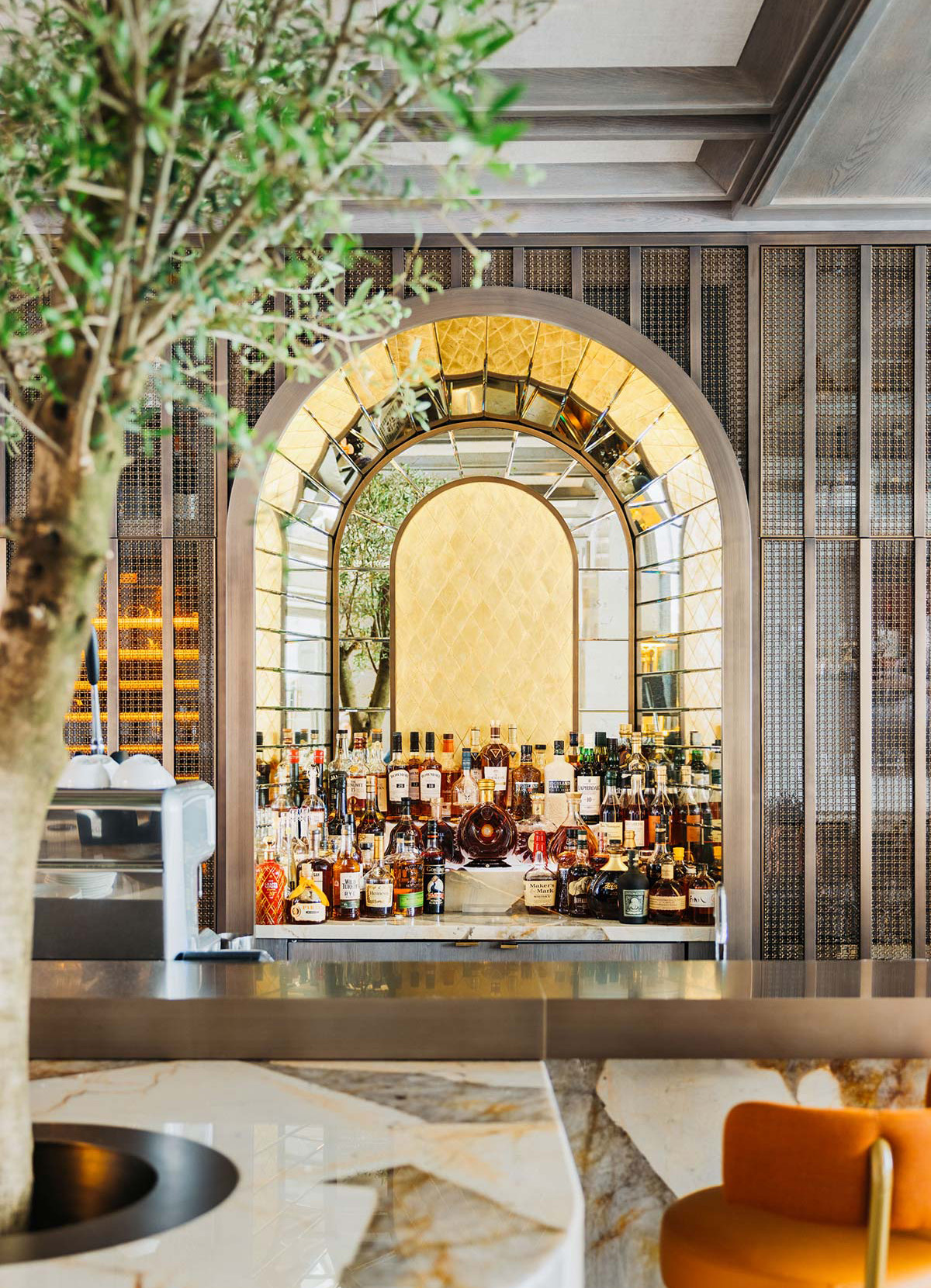
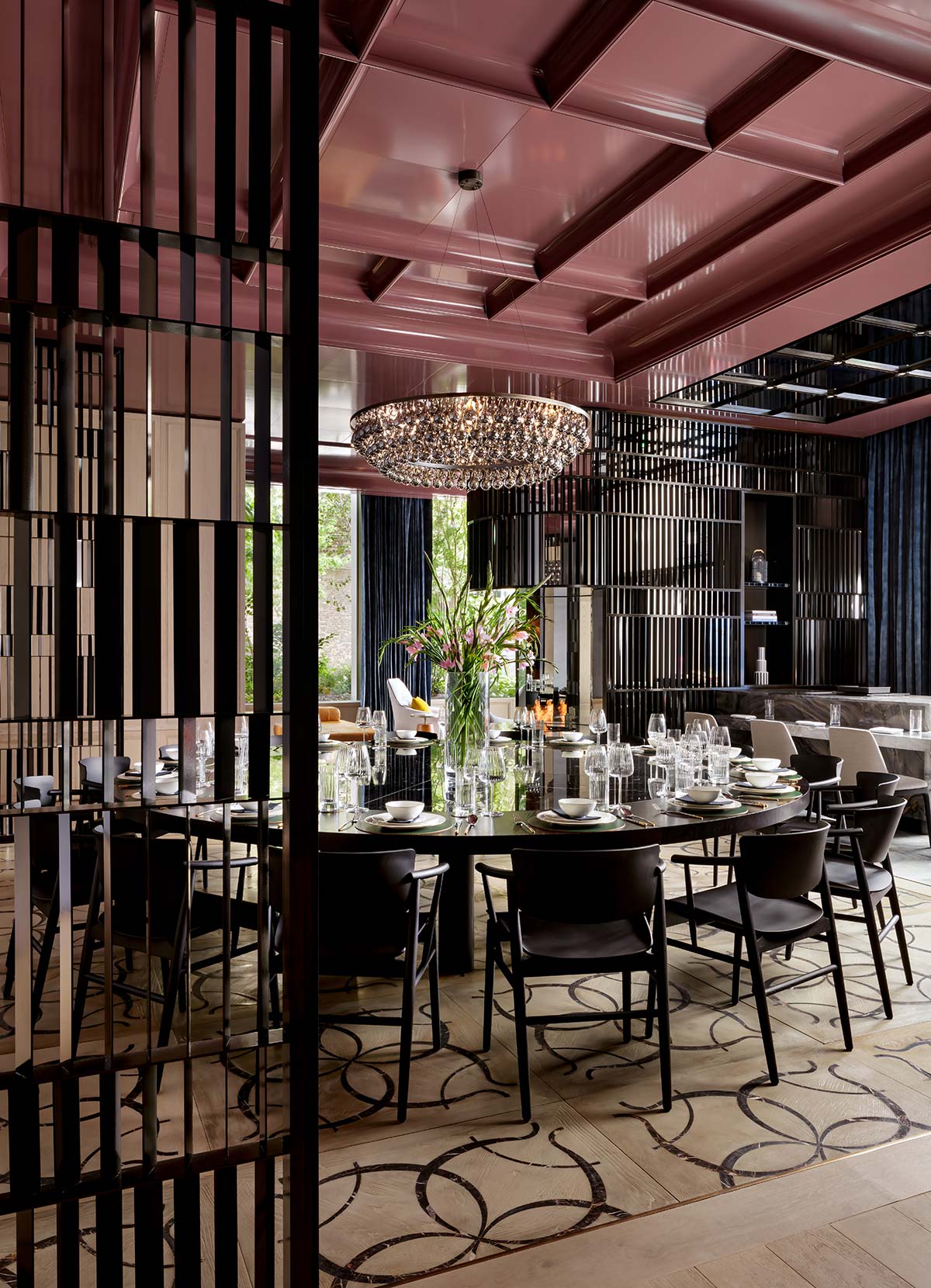
For me, hotels are like theaters: they both have a public space and a very important backstage. How do you manage this duality?
The fortunate thing is that a hotel is a collaborative project. When you work for groups like The Four Seasons or Rosewood, they have an extremely strong technical team with whom we communicate closely to make this stage/backstage synchronization as seamless as possible.
What are your reference points – historical, stylistic, whatever?
They are very different for each project. In Kyoto, because we are right next to the castle, we study how these nobles lived. In Hokkaido, where we’re literally in the middle of a forest, it’s a completely different story. But they also have a local culture, style, patterns. So that’s another thing. I don’t want to pigeonhole myself into a certain era in terms of design movements.
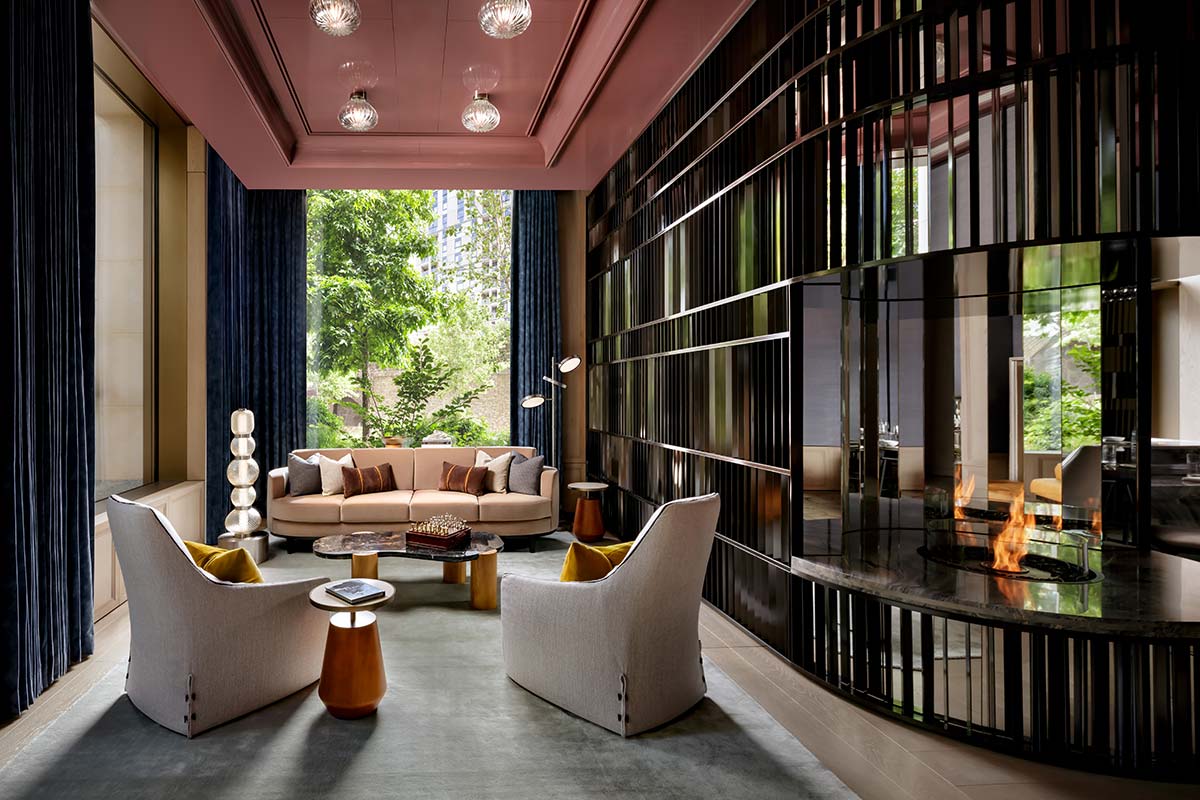
I read on your website a very interesting definition of the way you work: “We balance architecture, interiors and creative direction”. These areas – especially the last two – kind of overlap…
Architecture and scale are definitely the foundation. Then comes the emotional side. You have to combine the two to get that A+ grade. And it takes a designer so many years to find that little touch. In a restaurant, for example, the fundamentals are the size of the chairs, the height of the tables, all the technical things. But it’s also fundamental the way you combine the color scheme, the fabrics, the lighting (technical and decorative), the mix, the vibe, everything. We’re trained to have a good balance between our rational side and our creative side.
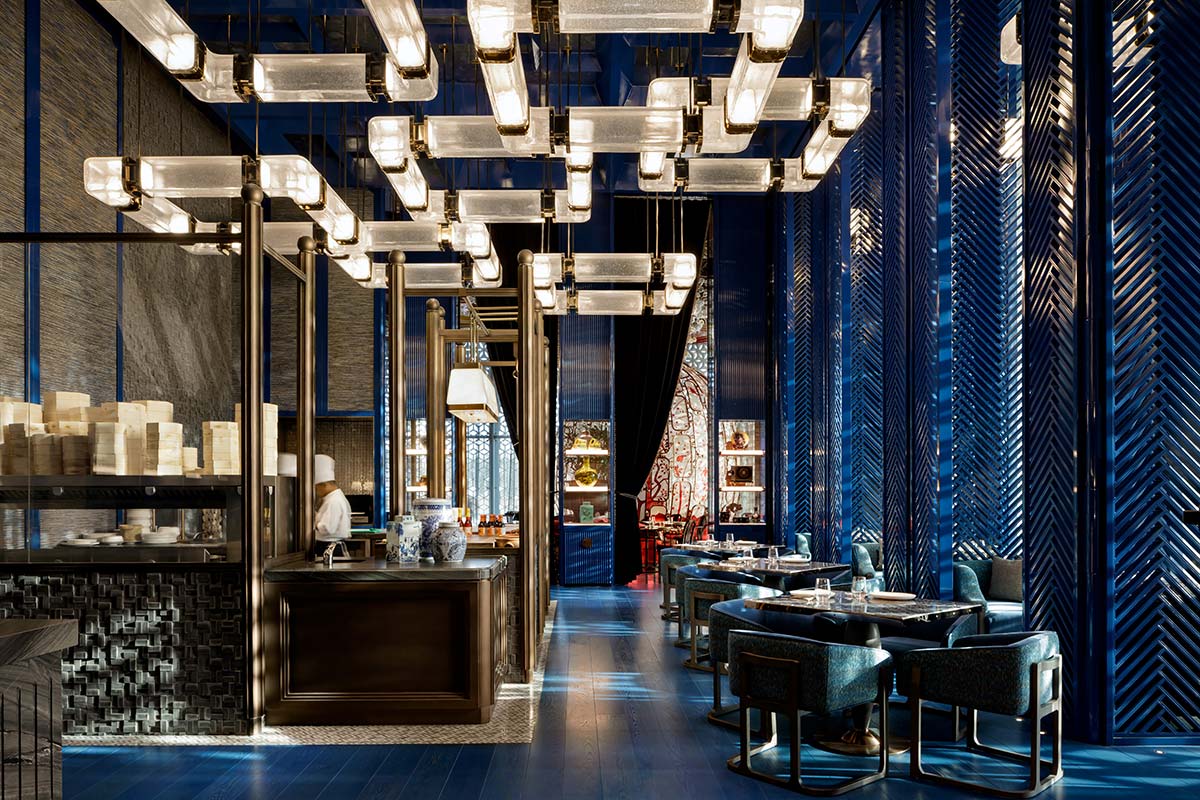
Last question: where did the studio name come from?
When Terence and I started the company, it was one of the first names our accountant gave us – and we were like, “Oh, that’s okay”. Then, after COVID, we realized that our work was all about being: About Being, A & B. I can honestly say that it really is the name that found us.

